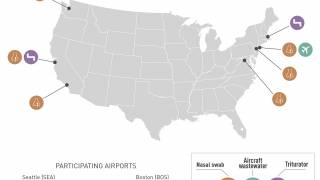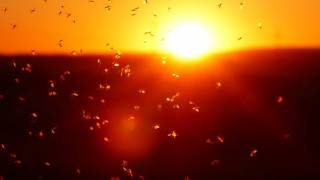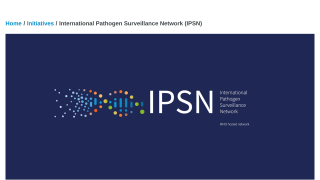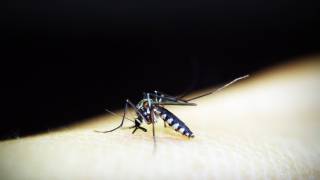Weather Conditions Predict Future Zika Hot Zones

Three-quarters of counties in the contiguous United States present suitable conditions for Zika virus carrying mosquitoes, Aedes aegypti or Aedes albopictus, according to researchers at the U.S. Centers for Disease Control and Prevention (CDC).
In addition to Zika, these mosquitoes can transmit viruses that cause dengue, chikungunya, and yellow fever.
The new study shows suitability for Ae. aegypti in 71 percent of counties, in much of the eastern United States south of the Great Lakes, as well as parts of several southwestern states.
Additionally, the study deemed about 75 percent of counties suitable for Ae. albopictus, in a range that reaches further into the northeast, but is more limited in the southwest.
"These maps are the CDC's best estimate of the potential range of Ae. aegypti and Ae. albopictus," says Rebecca Eisen, Ph.D., research biologist with CDC's Division of Vector-Borne Diseases and senior author of the study.
"In other words, these maps show areas where CDC predicts Ae. aegypti and Ae. albopictus mosquitoes could survive and reproduce if introduced to an area during the months when mosquitoes are locally active."
Dr. Eisen and colleagues caution, however, that the maps do not show mosquito abundance or risk of virus transmission.
Also, pockets of "microhabitats" within a county could vary in suitability for mosquitoes compared to the average conditions of the county as a whole--warmer urban settings, for instance, may still be suitable for the two Aedes species in some counties not identified as such in the study.
CDC's model found temperature to be the strongest factor in deeming a county environmentally suitable for the two Aedes species. Mosquitoes, like all insects, require warmth for development, and the analysis showed mild temperatures in winter months to be a significant indicator of the cumulative warmth mosquitoes need to become established.
The likelihood of a county being considered suitable for either species increased if the average winter conditions there had at least one day with an average temperature exceeding 10 degrees Celsius (50 degrees Fahrenheit) during the winter months (December through February).
However, consistently cold winter temperatures reduce the likelihood of eggs surviving the winter, especially for Ae. aegypti, according to Dr. Eisen.
For Ae. albopictus, precipitation is also a strong factor in an area's suitability, as the species has been found to rely more on water sources filled by rain for egg laying than Ae. aegypti, which has a comparatively higher propensity to use standing water created by human action.
Dr. Eisen says this may explain why the Ae. albopictus range is greater in the eastern United States and lesser in the arid southwest.
Earlier this year, CDC published a report that collected county-level surveillance records for Ae. aegypti and Ae. albopictus mosquitoes from 1995 to 2016.
This new analysis combined those records with historical surveillance records going back to 1960 and with county-level climate data going back through 1980.
"Surveillance efforts can be focused in counties where Ae. aegypti and Ae. albopictus could survive and reproduce if introduced to an area during the months when mosquitoes are locally active or at least survive during summer months if introduced," Eisen says.
"Additionally, the maps can help healthcare providers and the public understand where these types of mosquitoes could be found so that they can take steps to protect against mosquito bites and possible infection."
These researchers did not disclose any conflicts of interest: Tammi L Johnson Ubydul Haque Andrew J Monaghan Lars Eisen Micah B HahnMary H Hayden Harry M Savage Janet McAllister John-Paul Mutebi Rebecca J Eisen.
Our Trust Standards: Medical Advisory Committee
- Entomological Society of America
- Journal of Medical Entomology
- Modeling the Environmental Suitability for Aedes (Stegomyia) aegypti and Aedes (Stegomyia) albopictus (Diptera: Culicidae) in th
- Broad swath of US deemed environmentally suitable for mosquitoes that transmit disease
- New US mosquito maps show potential hot spots for Zika, other diseases


























